Korean War and Vietnam Partition
Korean War
Korea had come under Japanese rule in 1910. After Japan’s defeat in the Second World War, she was divided into two zones, the northern zone under Soviet occupation and the southern zone under American occupation, to bring about the surrender of Japanese troops.
- The aim was to make Korea an independent state.
- However, as in the case of Germany in Europe, two different governments in Korea were formed in 1948.
| North | Democratic People’s Republic of Korea (North Korea) under the leadership of Korean Communists |
| South | The Republic of Korea (South Korea) by a group of parties under the leadership of Syngman Rhee |
- Rhee was an anti-communist and wanted an alliance with Chiang KaiShek to prevent the spread of communism.
- Both the states organized their armies and there were frequent clashes between them.
- In June 1950 war broke out between North and South Korea. Chinese revolution had already taken place & United States feared further expansion of communism in this area.
- The United States sent troops to support South Korea in the war.
- These troops fought as the troops of the United Nations because the Security Council of the United Nations had passed a resolution condemning North Korea & asked members of the United Nations to aid South Korea.
After the entry of the American forces in the war, the Chinese forces also entered the war and the situation took a very serious turn. There was a real danger of another world war breaking out, as by this time Soviet Union also had acquired atomic bombs.
However, though the war in Korea raged for three years, it did not turn into a world war. The armistice was signed in 1953 – Korea remained divided into two separate states.
Vietnam Partition
Vietnam along with Laos & Cambodia comprised IndoChina which had come under French colonial rule. After the French government surrendered to Germany, many parts of IndoChina were occupied by Japan.
- The movement for the freedom of IndoChina from French rule had started many years earlier.
- The greatest leader of the people of Vietnam was Ho ChiMinh.
- He was engaged in organizing the communist and the nationalist movements in Vietnam since soon after the end of the First World War.
- The Vietnamese people under Ho ChiMinh’ s leadership resisted the Japanese occupation and organized a people’s army called the Viet Minh.
- By the time the Second World War ended, the Viet Minh controlled a large part of Vietnam.
- In August 1945, Democratic Republic of Vietnam was proclaimed with Ho ChiMinh as President.
By 1946 French troops arrived with the aim of restoring French rule & started fighting against the Viet Minh. They also set up a government with Bao Dal, who had headed the puppet government under Japan earlier, as the ruler.
- The war between the Viet Minh and France continued for eight years.
- In 1954, the French forces suffered a severe blow at the fortress of Dien-Bien-Phu.
- The debacle at Dien-Bien-Phu compelled the French government to start negotiations with the government of Democratic Republic of Vietnam.
In July 1954 an international conference was held at Geneva. It was agreed to partition Vietnam temporarily into North & South Vietnam & to hold elections all over Vietnam within two years to unify the country under a single government. Cambodia and Laos, the other two countries of Indo-China were made independent.
Vietnam War
- With the partition of Vietnam, another phase in the freedom movement in Vietnam began.
- The government, which was established in South Vietnam, with the support of the United States, refused to abide by the decisions of the Geneva conference with regard to the holding of elections and the unification of Vietnam.
- It came to be increasingly regarded as being under the control of the United States which was opposed to the unification of Vietnam under the leadership of the communist party.
- In early 1960s, uprisings broke out in South Vietnam against the government there & were followed by massive military intervention of the United States in Vietnam.
- The war continued for a number of years.
- Incalculable damage was done to Vietnam as a result of the heavy bombings by American forces.
- American troops also used weapons of bacteriological warfare.
- United States was almost completely isolated in the world over the war in Vietnam.
- The opposition to the war grew in the United States itself on an unprecedented scale.
- Thousands of Americans refused to be drafted in the U.S. army and many American soldiers deserted.
- However, the US government continued the war even though it was clear that she could not win it.
- Early in 1975, the war took a decisive turn.
- Armies of North Vietnam & of National Liberation Front of South Vietnam swept across the country routing the American supported troops of the government of South Vietnam.
By 30 April 1975, all the American troops had withdrawn & North & South Vietnam were formally united as one country in 1976. The city of Saigon was renamed Ho Chi-Minh City after the great leader of the Vietnamese people who had died a few years earlier in 1969.
Cambodia: Khmer Rouge
The war in Vietnam had also spread to Cambodia. In 1970, the government was overthrown, and a puppet government was installed there.
- The troops of the USA and South Vietnam carried the war to Cambodia on the ground that the Vietnamese were receiving their supplies from bases in Cambodia.
- By the time the United States withdrew from the war in 1975, a party which called itself Khmer Rouge had taken control of Cambodia under the leadership of Pol Pot.
- The government of Pol Pot established a regime of terror in Cambodia and started following a policy of genocide against its own people.
- In 1979, Pol Pot’s government was overthrown with the help of Vietnamese troops.
- However, the war in Cambodia continued as the Khmer Rouge still had some areas under its control inside the country.
- It also operated from across the border with Thailand.
Peace was restored in Cambodia recently. United Nations brought the various warring factions together & an agreement was signed under the auspices of the United Nations. The Vietnamese troops were withdrawn from Cambodia.
In 1993, elections were held, and a coalition government was formed. Khmer Rouge, however, remained outside the government and its troops continued their armed attacks in some parts of the country.
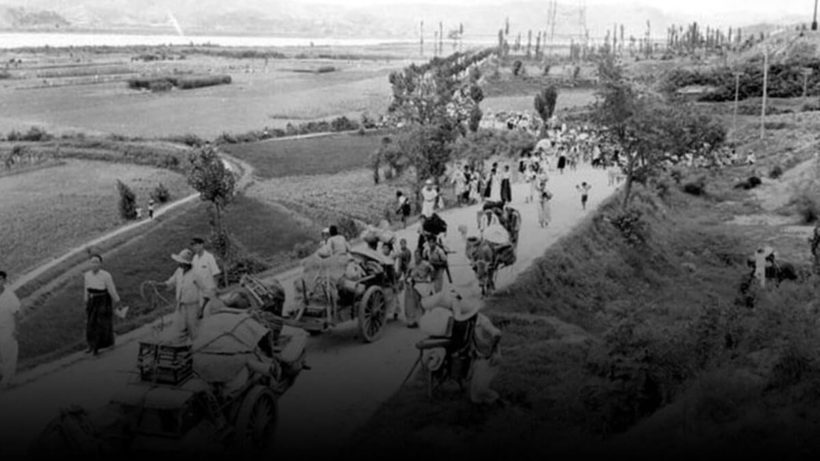


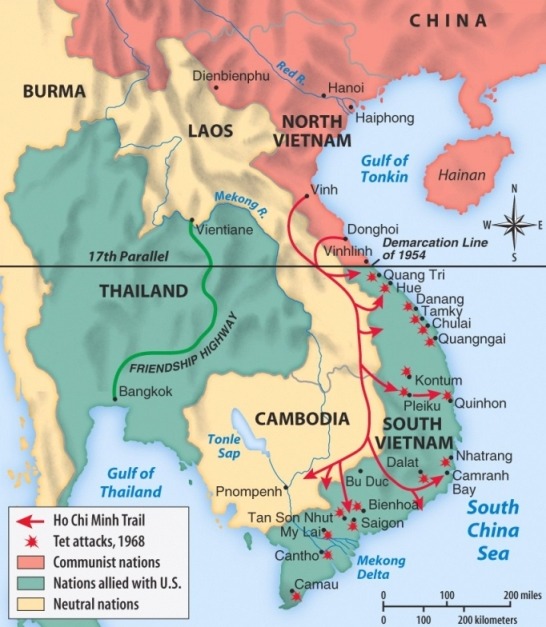
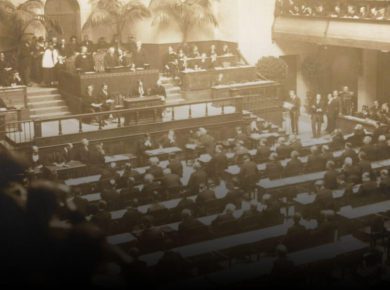


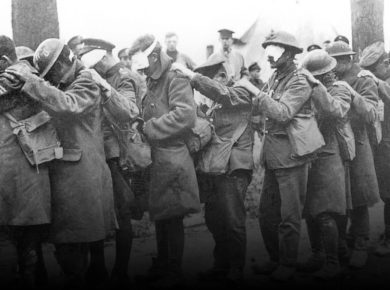
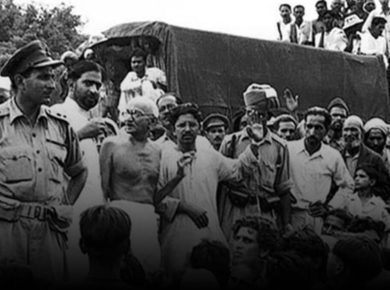



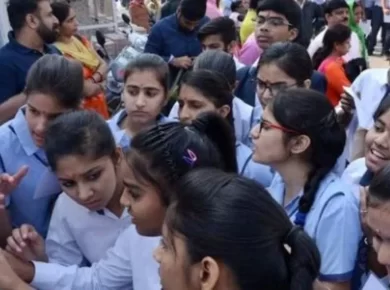

1 comment
thankyou very much to share the knowledge.